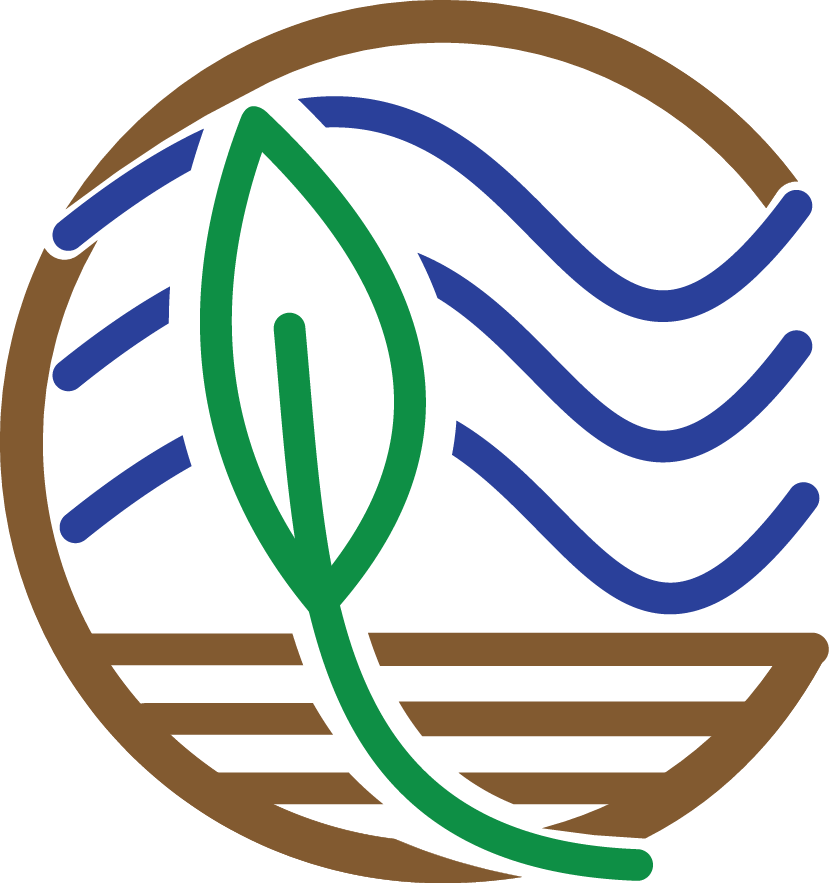Data Products
Data Products
The Network recognizes three classes of data: (i) data that we curate, (ii) data that we ingest, and (iii) synthesis products we create. Data that we curate will be hosted on Smithsonian Institution (SI) servers, but the original data submitter and funding sources will be credited as the dataset’s creators. Data that we ingest will include both data we curate and data from any outside sources that meet basic availability, archiving, and metadata standards.
See below for a list of CCRCN data products.
Dataset |
Data Components |
Last Updated |
|---|---|---|
| Accuracy and Precision of Tidal Wetland Soil Carbon Mapping (associated paper here) | Per-depth soil organic matter and carbon metrics, plant species identity, state of human impact, field and lab methodology, and metadata of 1534 soil cores | 21 June 2018 |
| Coastal National Greenhouse Gas Inventory: Report, Datasets, and Workflow | Literature review, data, analysis, and report | 9 December 2017 |
Testimonials to Data Contribution
“The Coastal Carbon Research Coordination Network dataset has been invaluable in our recent research identifying global drivers of variability in coastal wetland carbon cycling. The Network’s dataset greatly complemented our own previous data collation efforts, filling important gaps in our record. The availability of a comprehensive and well-curated dataset allowed us to focus on the analysis and interpretation of data, deriving important new insights in global patterns of carbon storage.”
- Jeffrey Kelleway, Department of Environmental Sciences, Macquarie University
"The CCRCN database is a key cornerstone in accelerating the pace of discovery for coastal carbon cycling. I recently downloaded version 1, and have begun analylzing it and intercomparing its features with other national and global sets on soil core characteristics. As it focuses only on soilcores from tidal wetland, it is the single largest and spatially explicit empirical dataset, globally, for populating carbon stock assessments or testing models across space and time. For coastal lands, it is an invaulable asset for scientists and managers alike. The developers of the dataset and platform should be commended, as should the many community contributors who are fueling advances in science and practice by sharing their data."
- Lisamarie Windham-Myers, U.S. Geological Survey